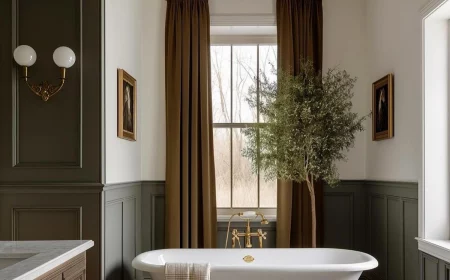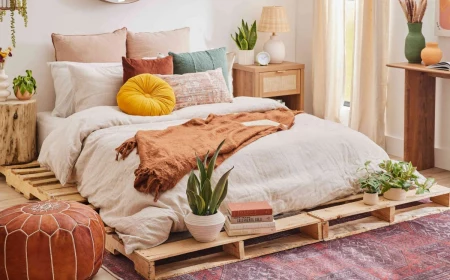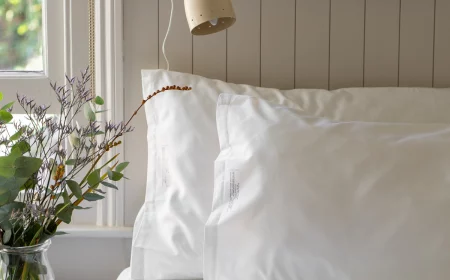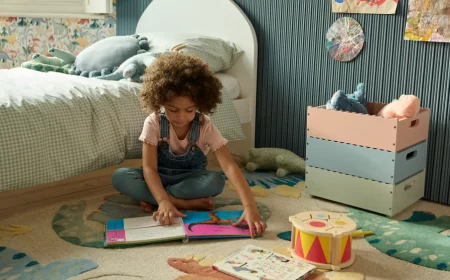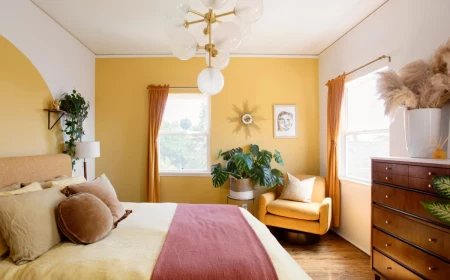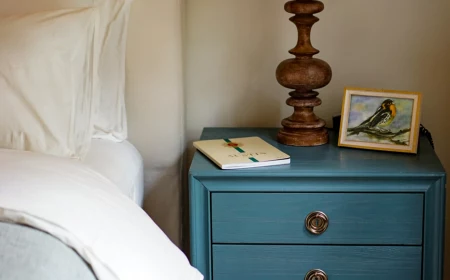A Pro Painter’s Guide to Choosing Genuinely Calming Bedroom Colors (That You Won’t Regret Later)
I’ve been slinging paint for what feels like a lifetime—well over two decades. In that time, I’ve walked through thousands of bedrooms and seen it all. I’ve seen walls that practically scream stress and others that wrap you in a hug the moment you walk in. Trust me, it’s so much more than just slapping some color on a wall. The right shade, chosen thoughtfully, can be a game-changer for how you unwind at night. I can’t tell you how many clients have called me months later to say that changing their bedroom paint was one of the best things they ever did for their sleep.
In this article
But this isn’t about what’s trendy on social media this week. Trends are fleeting, but the way our brains respond to color is pretty hardwired. What I want to share with you is the real, on-the-ground knowledge I’ve picked up over the years. We’re talking about how color and light actually play together, the no-fail techniques we pros use to get it right, and the honest truth about what makes a color feel truly restful. So let’s skip the fancy designer talk and get down to what works.
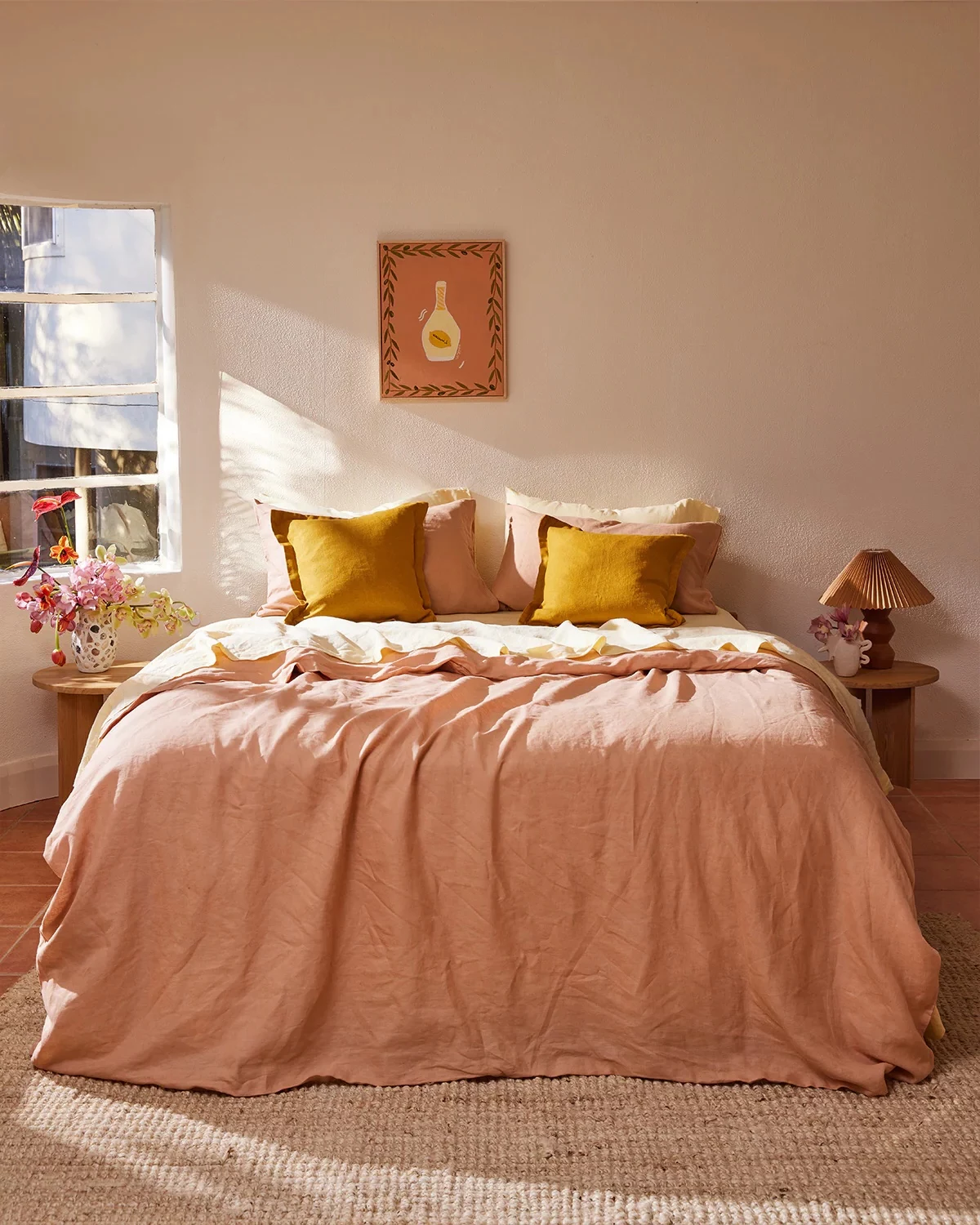
First Things First: It’s All About Light
Before you even think about cracking open a paint can, you have to understand what’s happening in your room. Color isn’t just a thing you buy; it’s a reflection of light. How a paint color looks on your wall is 100% dependent on the light that hits it. Honestly, this is the single biggest mistake people make. They fall in love with a color chip under the harsh fluorescent lights of a big-box store and are shocked when it looks completely different—and often terrible—in their own bedroom.
Understanding LRV (Light Reflectance Value)
Every paint color has a Light Reflectance Value, or LRV, on a scale from 0 (think absolute, light-sucking black) to 100 (pure, reflective white). This little number simply tells you how much light a color will bounce back into the room. A high LRV, like an off-white at 82, will make a room feel brighter and bigger. A low LRV, like a deep navy at around 6, will absorb light and make the space feel cozier and more intimate.
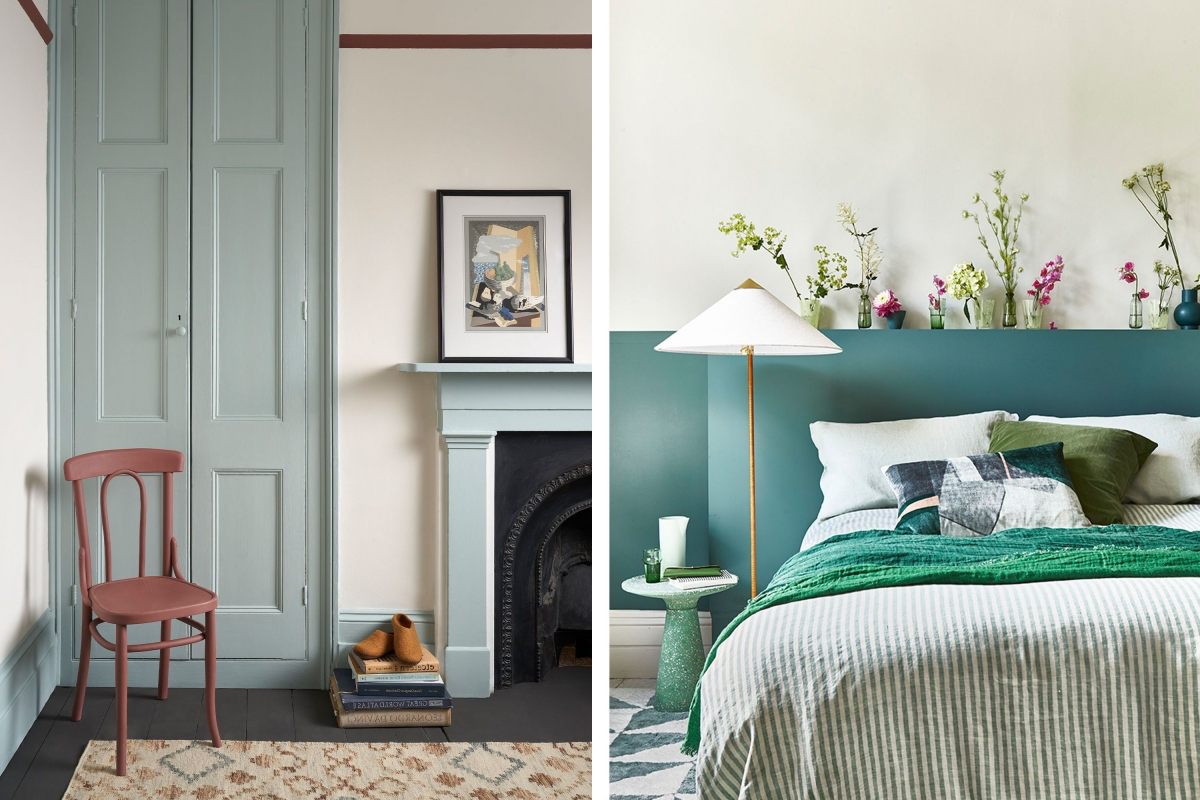
For a restful bedroom, you usually want to live in the middle. I find the sweet spot is an LRV between 20 and 60. These colors have enough depth to feel intentional and create a mood, but they aren’t so dark that they feel gloomy or so bright they feel sterile.
Your Light Sources Are Everything
The light in your room—both natural and artificial—is your color’s dance partner. Natural light from a north-facing window is cool and indirect, which can make colors appear slightly bluer or grayer. South-facing rooms, on the other hand, get intense, warm light all day that can really amplify yellows and reds. You have to account for this!
Then there’s your light bulbs. This is huge. Light bulbs are measured in Kelvins (K). For bedrooms, you want bulbs in the 2700K to 3000K range. They give off a warm, yellowish glow that helps your brain wind down. Anything higher, like 4000K+, gives off a cool, blue-ish light that mimics daylight and can actually mess with your sleep cycle.
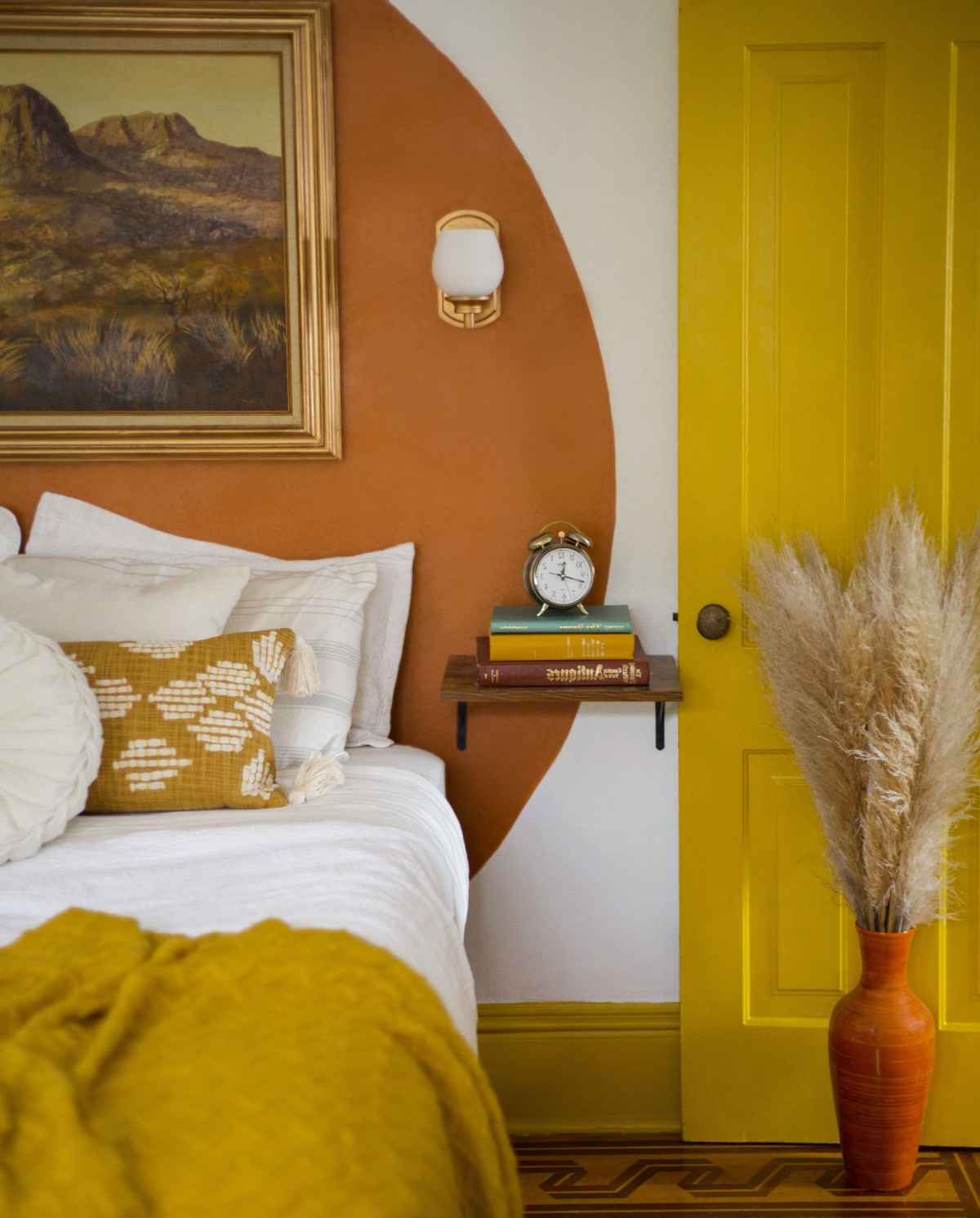
Quick Win: Don’t have the budget or time to paint right now? The single fastest way to make your bedroom more restful is to swap your lightbulbs for 2700K warm-white LEDs. It’s a ten-dollar fix you can find at any hardware store, and it makes an incredible difference tonight.
How to Choose Colors the Right Way (and Avoid a Do-Over)
When I work with a client, we don’t just flip through a fan deck and hope for the best. There’s a process, and it saves a ton of money and frustration. It all starts with proper testing.
Step 1: Test, Don’t Guess
Please, I’m begging you, never paint a tiny swatch directly on your wall. The old color underneath will totally skew your perception, and the small size is just deceiving. Let me tell you, I once had a client who insisted on a “calm” blue that I knew had a sneaky purple undertone. We painted a little square on her beige wall, and it looked fine. The second the whole room was done and her warm bedside lamps came on, it looked like a neon spaceship. We had to repaint the entire thing. A costly mistake.
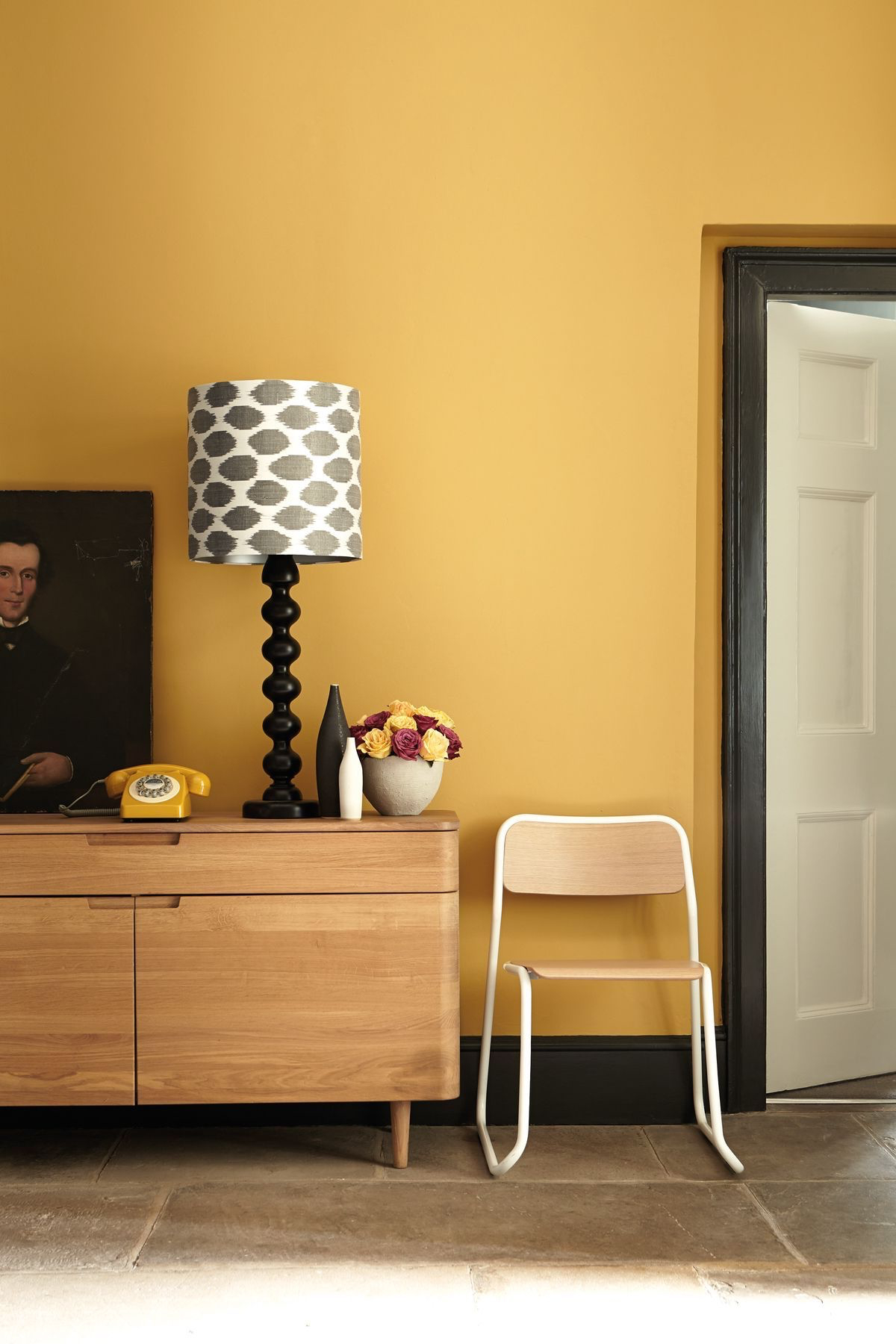
Here’s the pro method: get sample boards. To do this right, you’ll need a few things:
- 3-4 sample pots of your top color choices (these usually run about $7 to $12 each)
- A cheap 2-inch paintbrush
- A few pieces of white foam core or heavy poster board (at least 2ft x 2ft) from the dollar store or a craft store.
Paint two full coats on each board. Once they’re dry, move them around the room. Prop one up near the window, put another on the darkest wall. Look at them in the morning, in the afternoon, and—most importantly—at night with your lamps on. This is how you discover that the beautiful greige you loved turns a sickly purple in your specific light. This little ten-dollar test can save you a $500 repainting job.
Step 2: The Finish Matters. A Lot.
The sheen of the paint has a massive impact. For a restful bedroom, you want to minimize glare. That means high-gloss and semi-gloss are out; they reflect too much light and highlight every tiny bump and flaw on your walls.
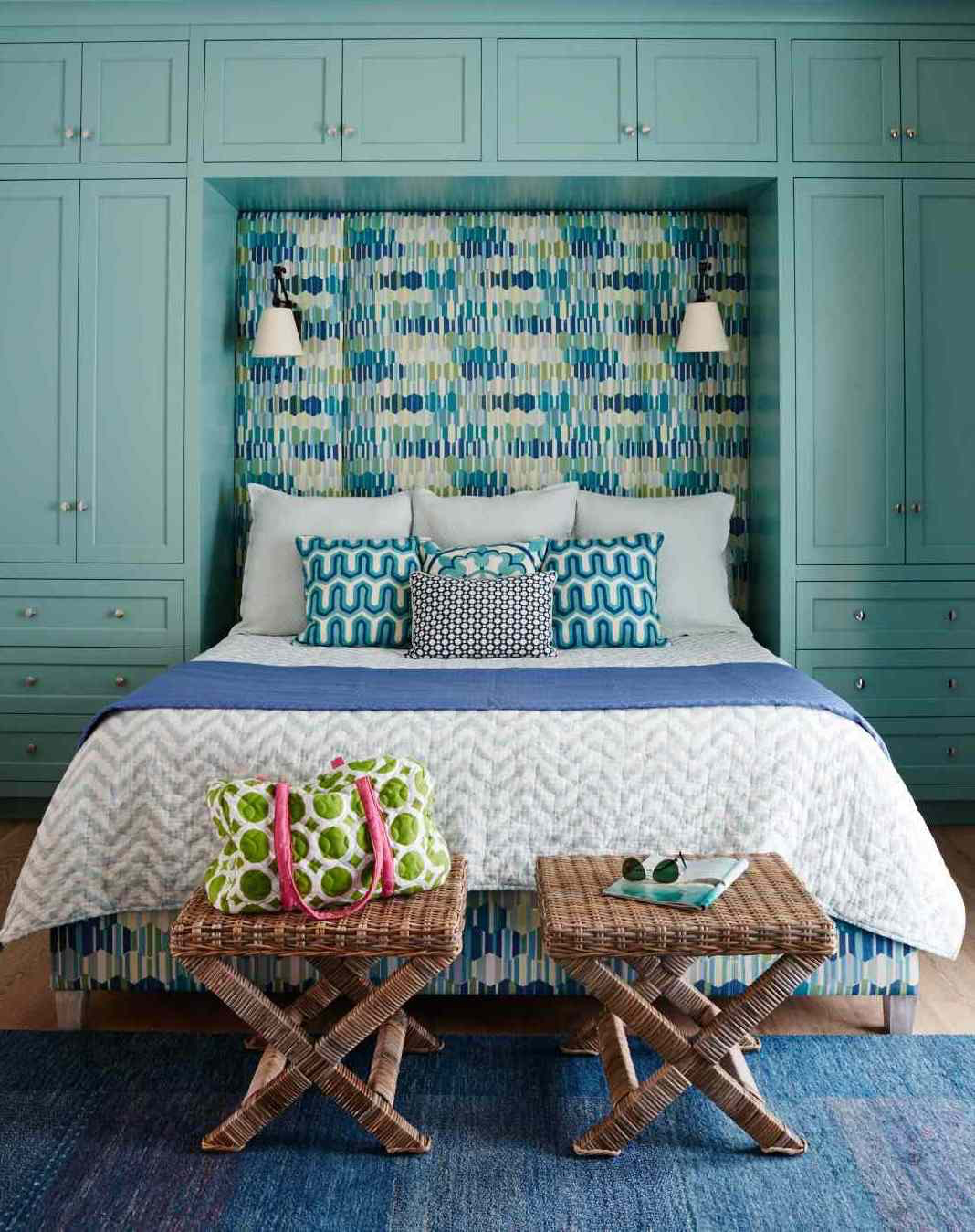
You’re really choosing between two main players here: matte and eggshell.
- Matte Finish: This is my personal favorite for creating a mood. It has almost no shine, so it soaks up light and gives walls a soft, velvety texture. It’s fantastic for making deep, saturated colors look incredibly rich and sophisticated. The only catch? It can be tougher to clean, so it’s best for lower-traffic areas like a primary bedroom.
- Eggshell Finish: This is the practical workhorse. It has a very subtle, low luster—just a tiny hint of a glow. It’s more durable and wipeable than matte, which makes it a great, long-lasting choice for most bedrooms. That soft glow is much more forgiving than the harder shine of a satin finish.
Paint Colors That Actually Work
Okay, let’s talk about the specific color families I turn to again and again for a calming atmosphere. Remember, it’s all about the right version of these colors—usually something a bit complex and muted.
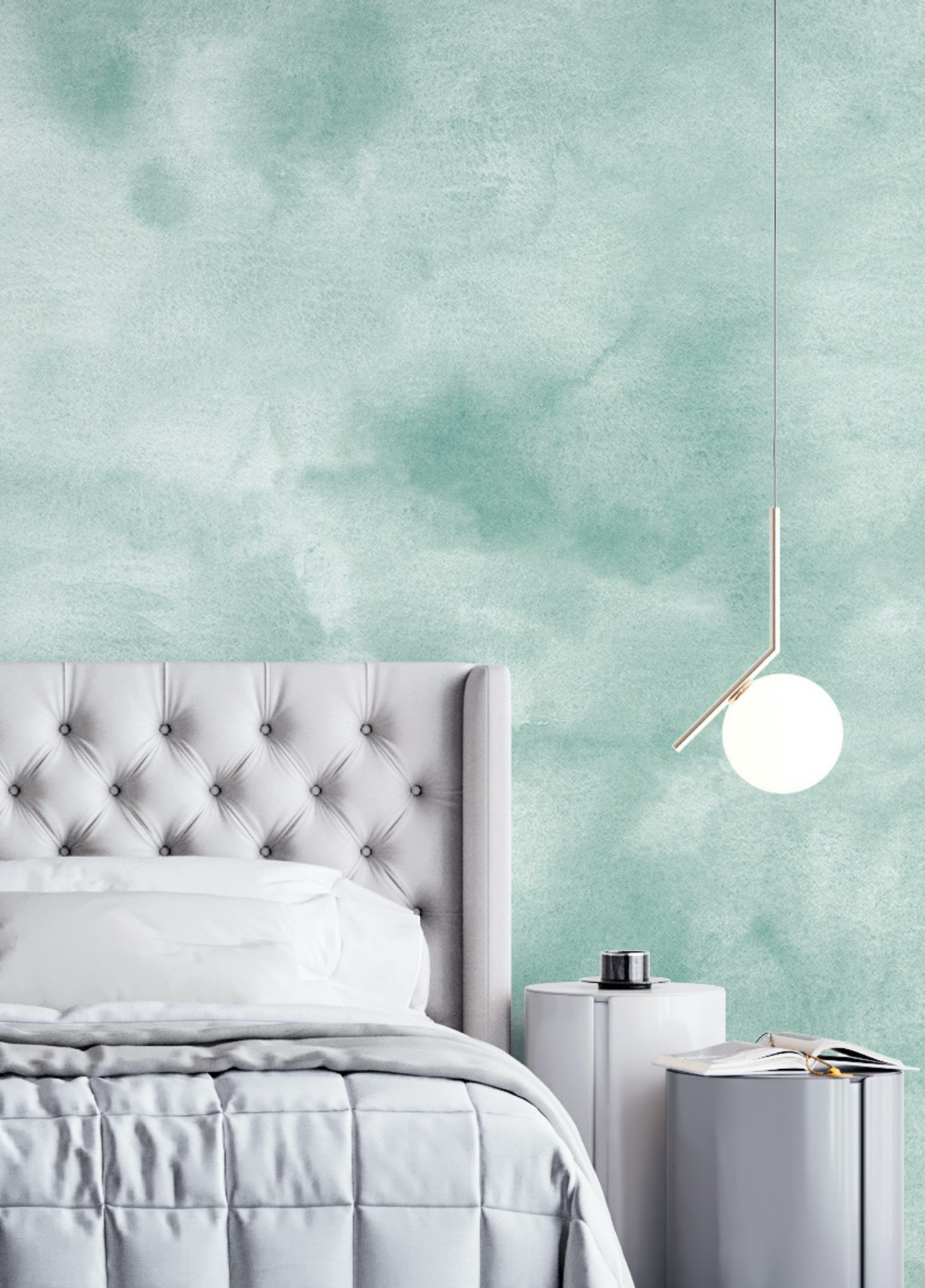
Earthy, Grounding Tones
These are colors that connect us to the natural world: clay, stone, sand. They are incredibly comforting. Think warm, dusty, and complex.
- Muted Terracotta and Warm Ochre: I’m not talking about bright orange. I mean the dusty, sun-baked color of a clay pot. These shades have a lower LRV and can make a room feel incredibly warm, cozy, and enveloping. Heads up: If you’re nervous about going all-in with a dark, moody color like this, try it on just the wall behind your bed first. An accent wall gives you 80% of the cozy vibe with only 25% of the commitment.
- Complex Greige and Taupe: Pure gray can feel cold, and plain beige can be… well, boring. The magic happens in the middle. A good greige (gray + beige) or taupe has a beautiful balance of warm and cool undertones that can shift throughout the day. For a classic, can’t-go-wrong option, ask for a sample of a color similar to Benjamin Moore’s ‘Revere Pewter.’ It’s one of the most reliable and sophisticated neutrals out there.
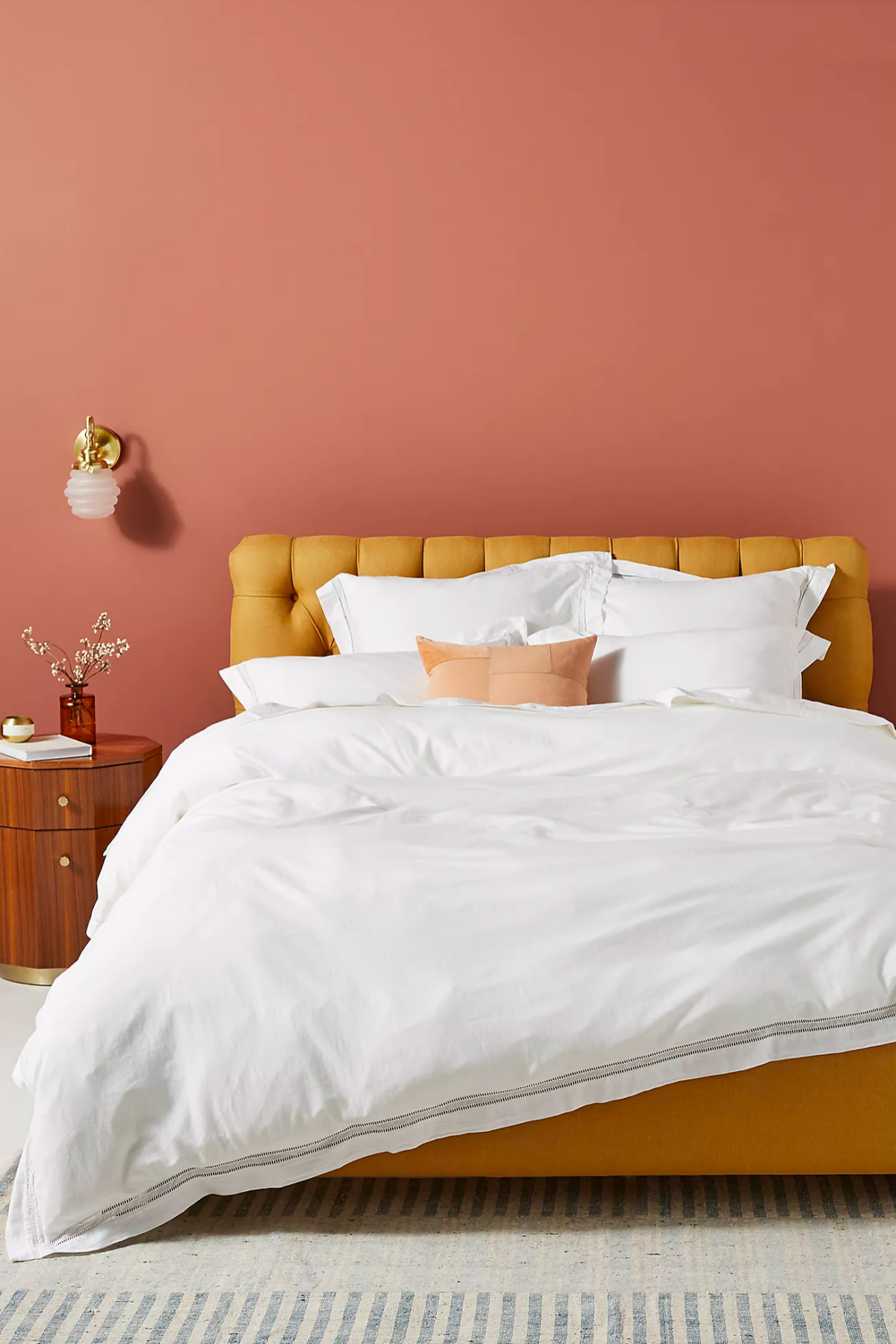
The Blues and Greens of Nature
It’s no secret that blues and greens are calming—they remind us of the sea and sky. The trick is to choose shades that are softened with a good dose of gray.
- Gray-Green and Sage: A bright, electric green is energizing, not restful. But a soft sage green, one that’s heavy on the gray, is one of the most serene colors you can possibly choose. It’s calming without being cold. A fantastic example to check out is something like Sherwin-Williams’ ‘Sea Salt.’ It’s a chameleon color that can look pale green, blue, or gray depending on the light, and it pairs beautifully with wood tones and creamy whites.
- Muted and Dusty Blues: A classic for a reason. A soft, grayed-out blue feels like a breath of fresh air. Just make sure it doesn’t lean too cool in your light, or it can feel a bit chilly. Again, testing is your best friend here.
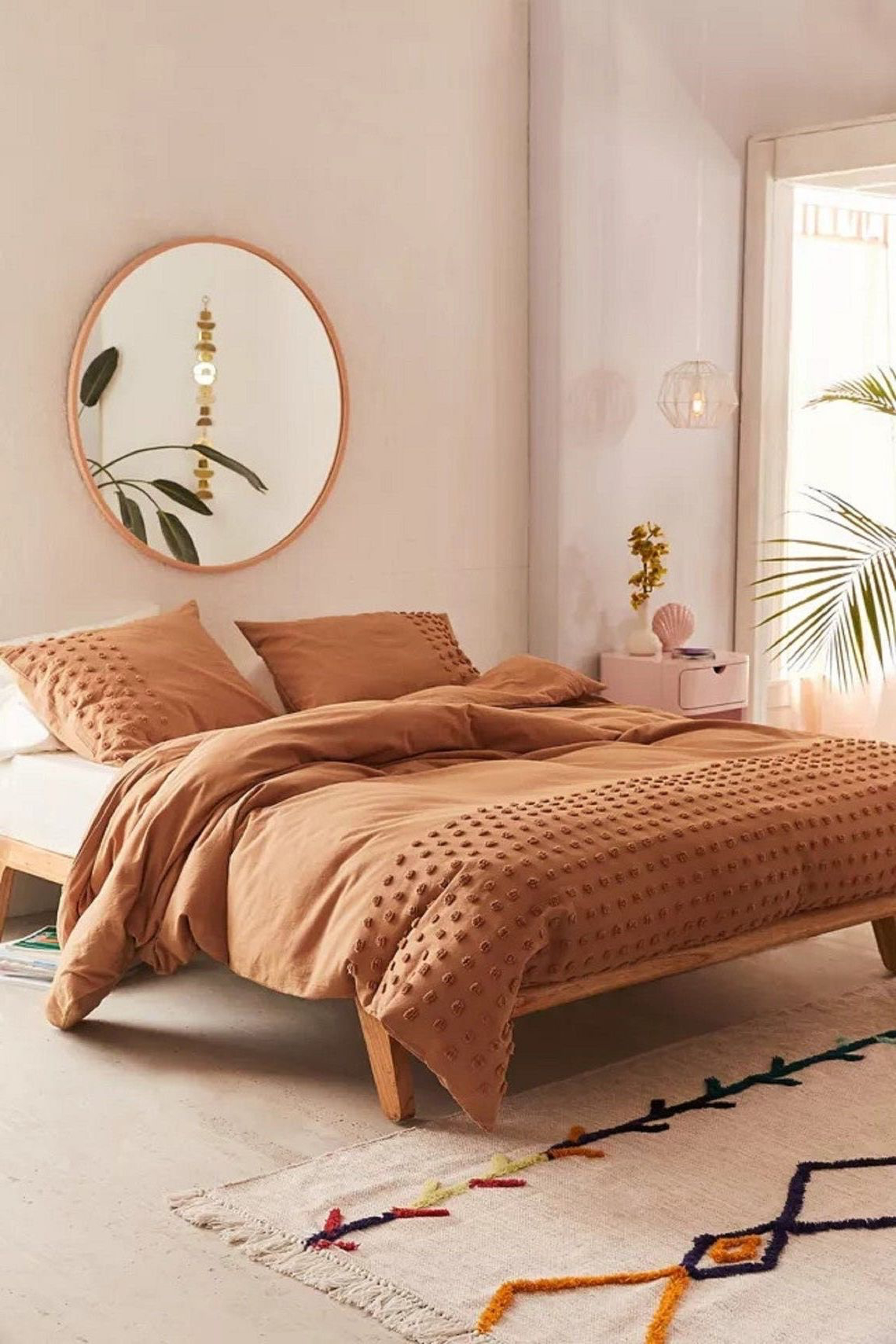
A Few Last Things People Always Forget
Before you get started, a couple of final pro tips can make all the difference.
First, what about the ceiling? Most people just default to plain ceiling white, which is fine. But for a truly immersive, boutique-hotel feel, consider painting the ceiling the same color as the walls, especially if you’re using a mid-tone or darker color. It blurs the edges of the room and makes it feel incredibly cozy. If you’re not that brave, try painting the ceiling a much lighter version (like 50% strength) of the wall color.
Oh, and one more thing. To do the job right, you need the right gear. Don’t cheap out on brushes and rollers! A good toolkit will save you so much time and frustration. My go-to DIY list includes: a quality 2.5-inch angled brush for cutting in, a 9-inch roller frame with a 3/8-inch nap roller cover, a metal paint tray, good-quality painter’s tape, and a canvas drop cloth (they’re way better than plastic). You can get all this for under $60 at a place like Home Depot, and it’s worth every penny.
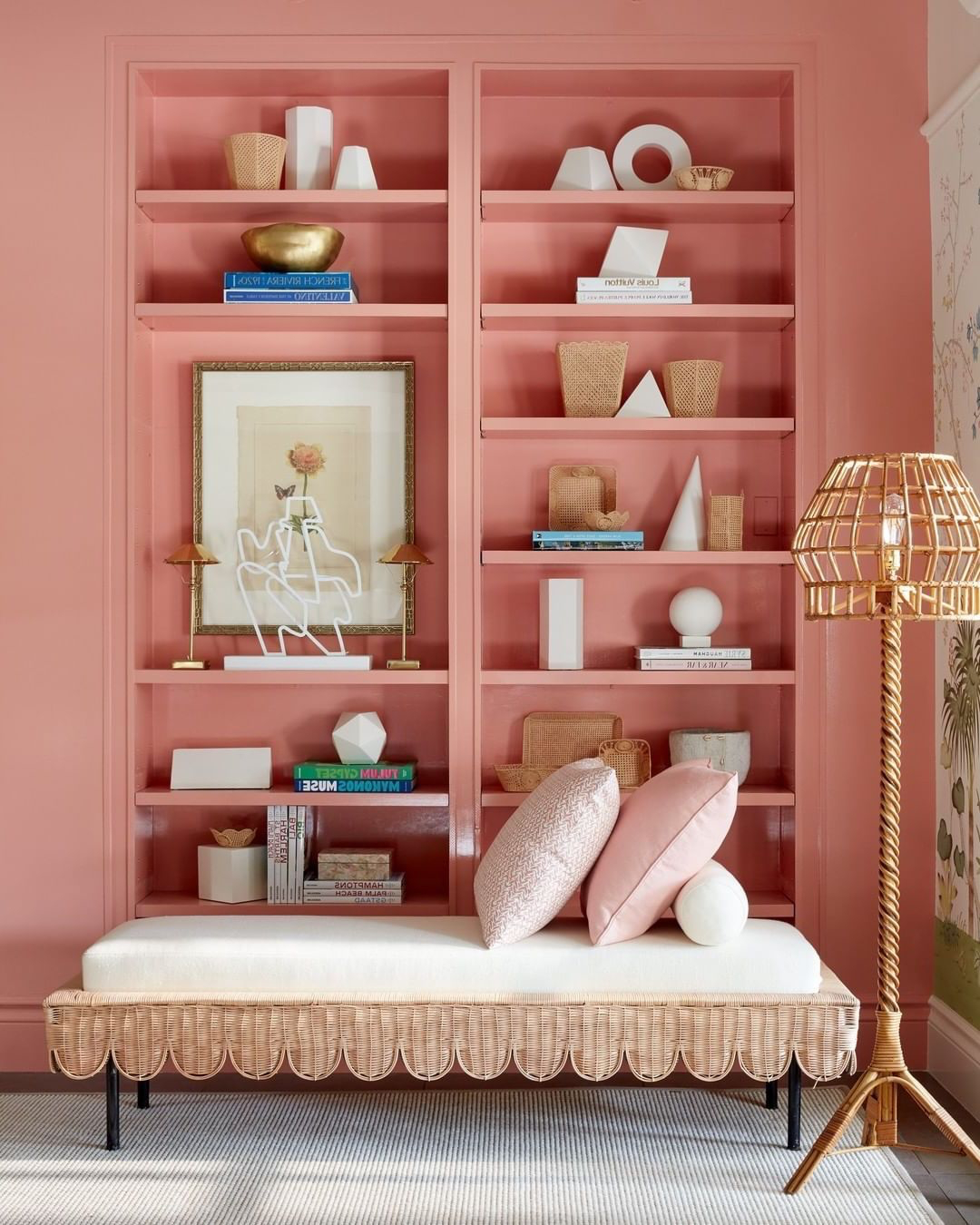
Inspiration:
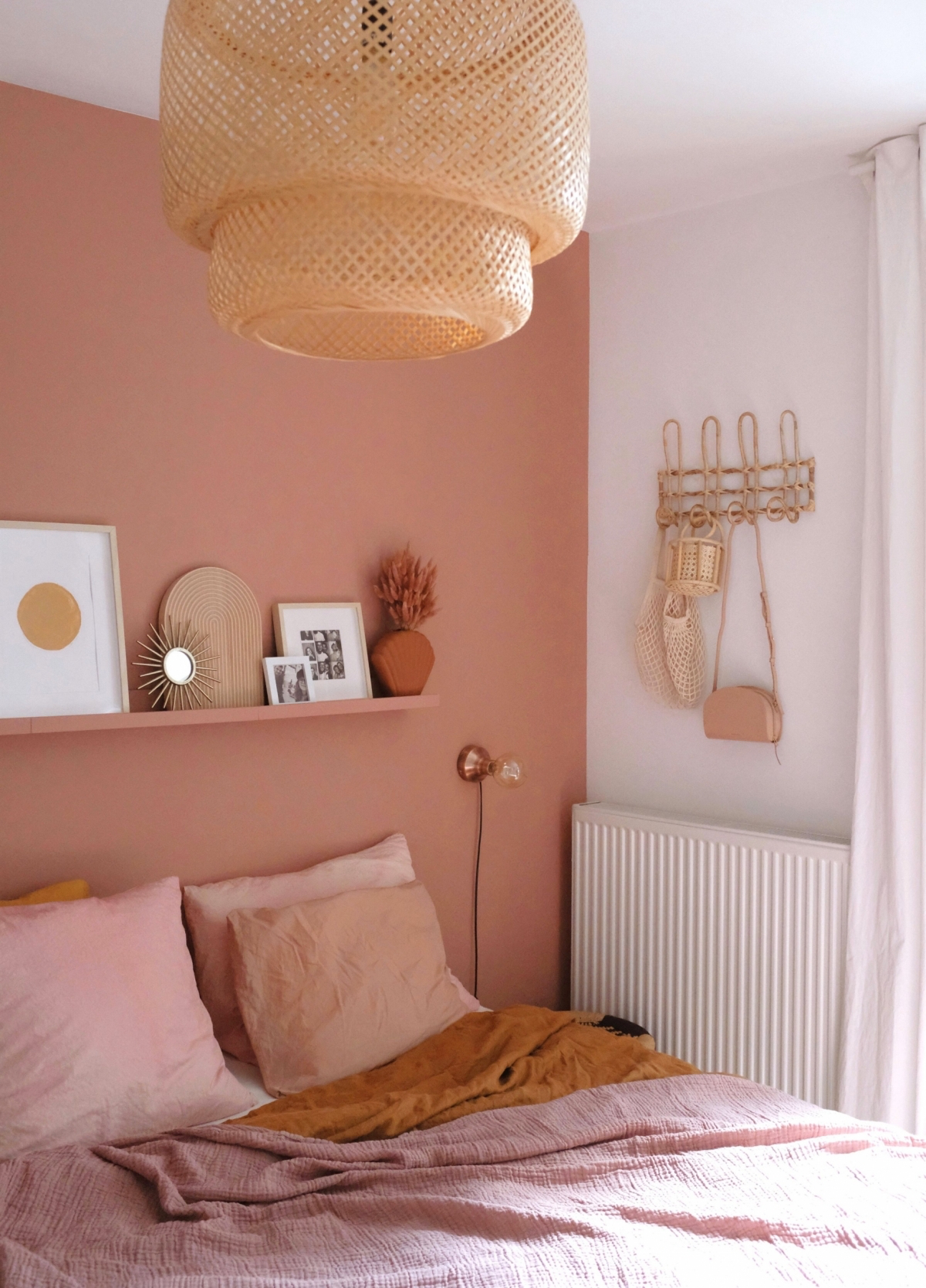
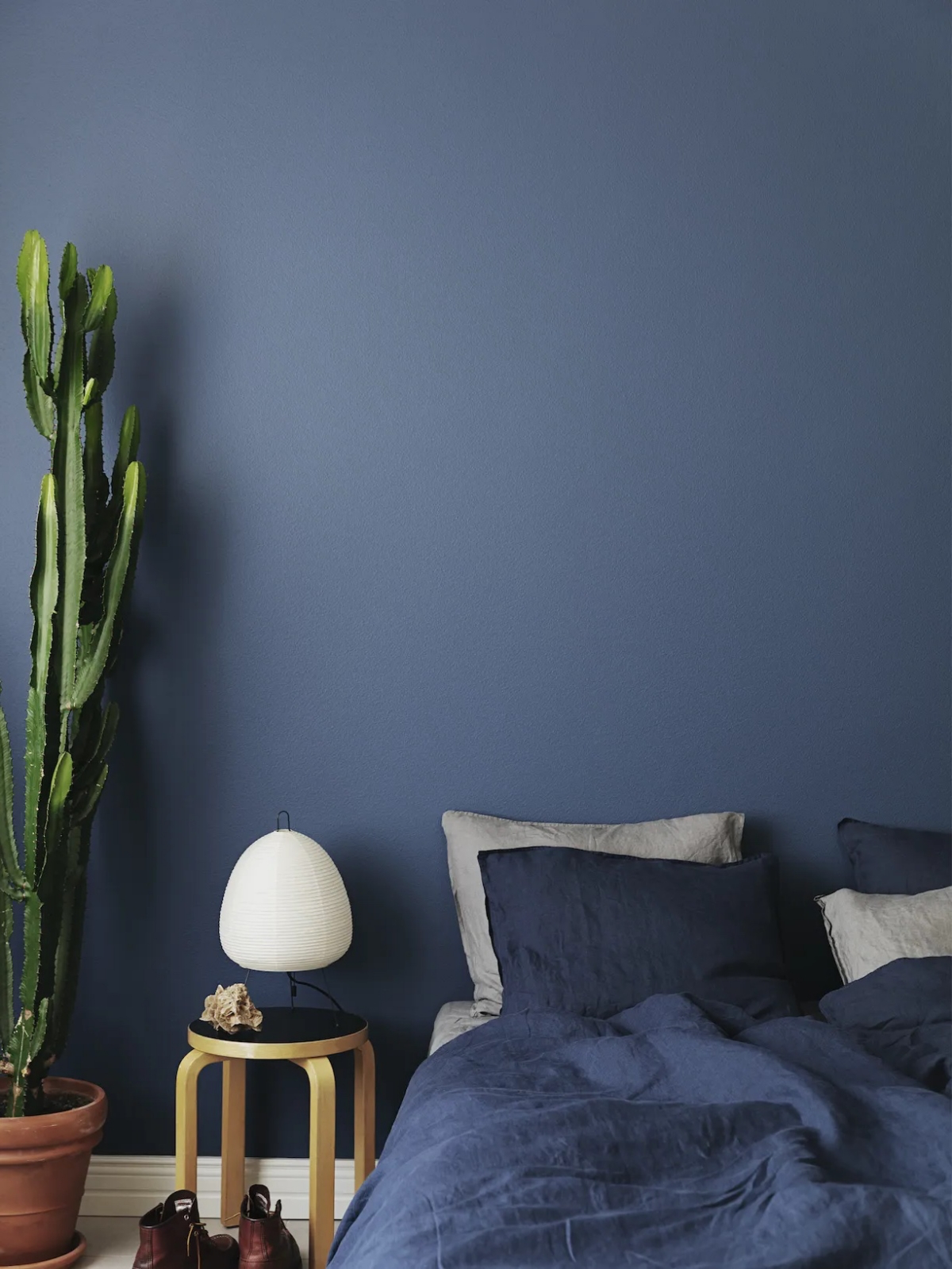
Matte Finish: It offers a velvety, non-reflective surface that masterfully hides minor wall imperfections. Its deep, rich appearance creates an incredibly enveloping and soft atmosphere, perfect for a sleep sanctuary.
Eggshell Finish: With a very slight sheen, it’s more durable and easier to clean than matte. It provides a soft glow without being shiny, making it a highly practical choice for bedrooms that balances aesthetics with longevity. For most bedrooms, eggshell is the pro’s go-to.
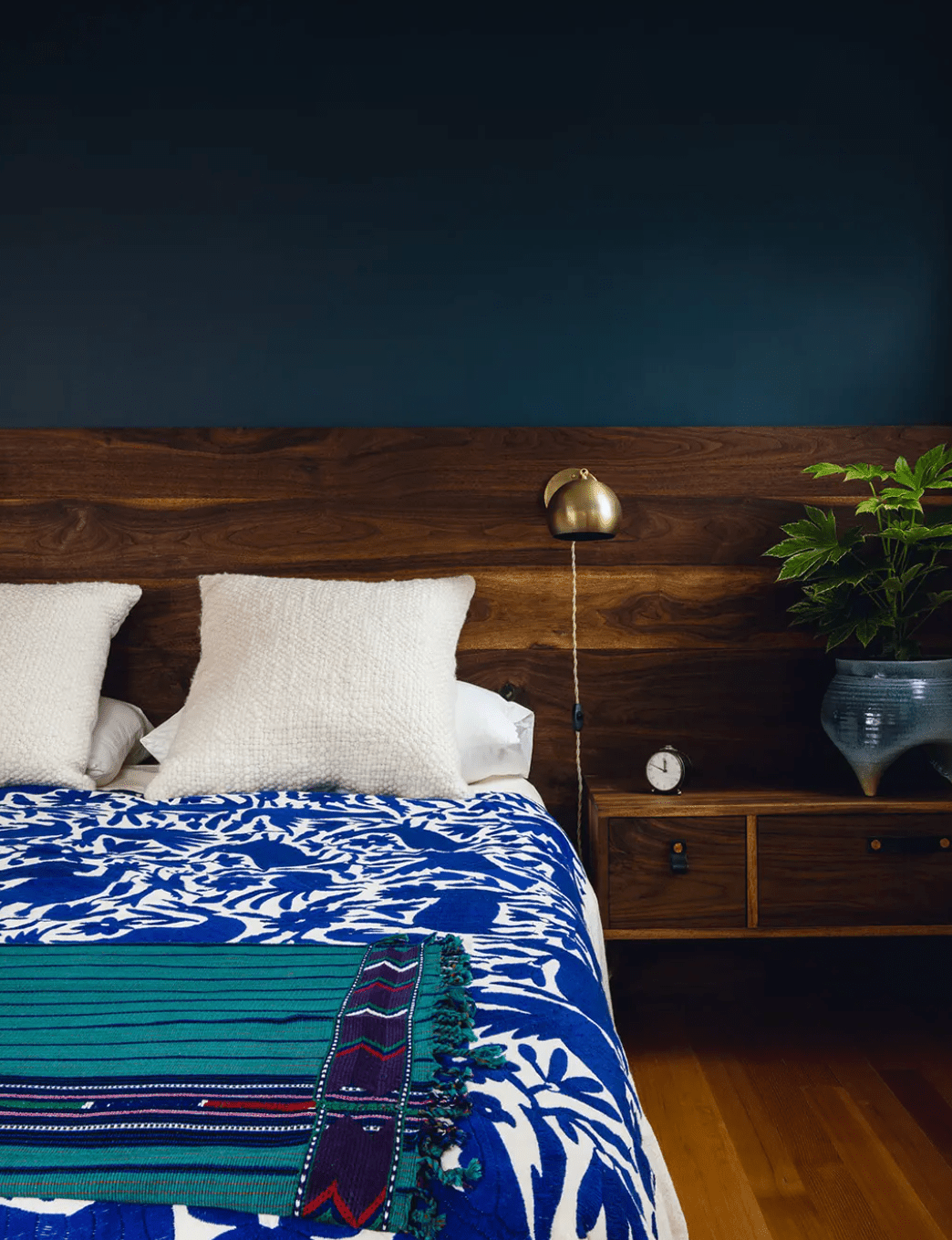
A 2018 study found that people with blue bedrooms on average get the most sleep, clocking in at 7 hours and 52 minutes per night.
This isn’t just a coincidence. Our brains are uniquely receptive to blue, as it’s associated with calmness and serenity. It can actually help reduce blood pressure and heart rate. This makes muted, earthy blues like ‘Stiffkey Blue’ by Farrow & Ball or the softer ‘Krypton’ by Sherwin-Williams a scientifically-backed choice for a truly restful space.
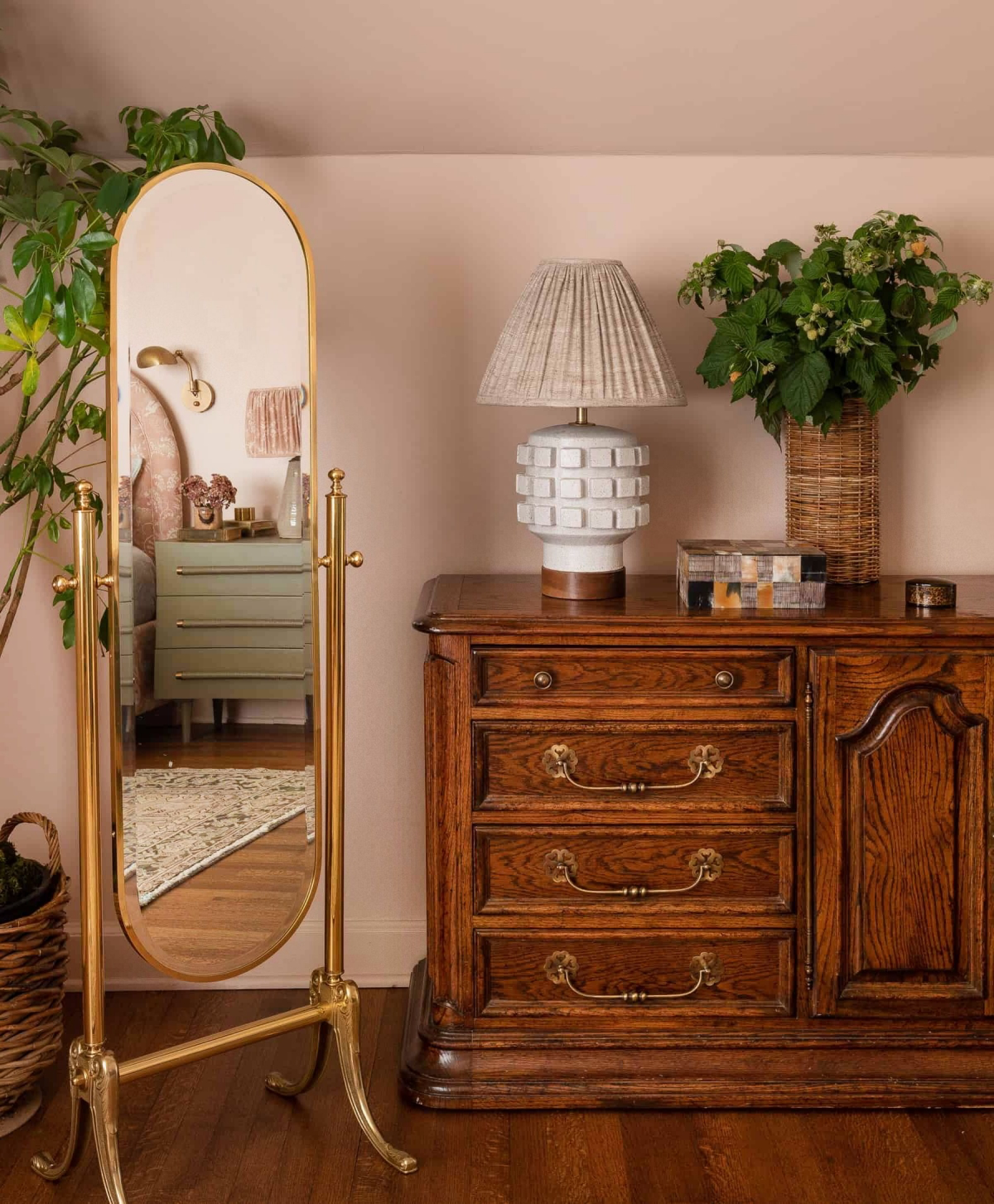
For an effortlessly cohesive and serene look, think in terms of a tonal palette rather than just one color. This professional approach adds depth and sophistication. Try this combination for a warm, earthy feel:
- Main Walls: A soft, muted green-gray like ‘Healing Aloe’ by Benjamin Moore (1562). It’s calming and adapts beautifully to changing light.
- Trim & Ceiling: A crisp, warm off-white like ‘Swiss Coffee’ by Behr (OC-45) to create a soft contrast without the starkness of pure white.
- Accent Wall (optional): A deeper, grounding shade like ‘Caldwell Green’ by Benjamin Moore (HC-124) behind the bed to create a focal point.
- A perfectly even, professional-looking finish.
- Color that looks exactly like the chip you chose.
- No peeling, bubbling, or patchiness months later.
The secret? Don’t just paint over the old color. A painter’s cardinal rule is to lightly sand the walls, wipe them down with a TSP substitute to remove oils and dust, and always, always use a quality primer first. This 3-step prep is what separates an amateur job from a durable, flawless result.

